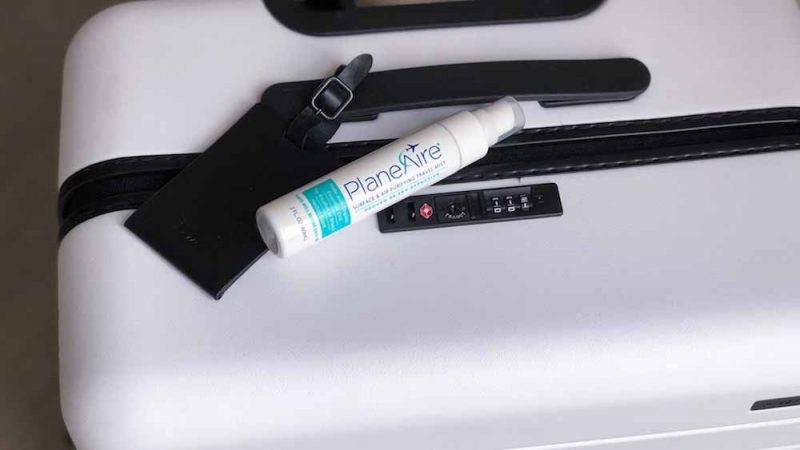Can You Virus Proof Your Luggage?
As more reports come in of baggage handlers around the world testing positive for Covid-19 the imperative to keep your bags virus-free becomes critical
April 16, 2020

As news emerges of more cases of baggage handlers testing positive for Covid-19 (an American Airlines baggage handler recently tested positive for Covid-19 at DFW and a Piedmont Airlines handler at Charlotte Douglas International also recently tested positive), travelers are concerned about the safety of traveling with any bags either carry-on or check-in.
Travelers who are currently flying in reduced capacity planes during Covid-19 still have to bring bags on board or check those bags through security.
Is there a way to “virus-proof” those bags?
Given the extent that the virus is now said to linger on surfaces both porous and non-porous (some experts claiming the time it lasts can be up to several days, although there is no clear definitive answer) , the answer is probably, “not totally.” But there are things you can do to make sure you’re as close to virus proof as possible.
Dr. Brinda Wiita, Chief Scientific Officer, EverywhereAire, the parent company of PlaneAire, a portable spray anti-bacterial product, responded to our question of “virus proofing” your bags: “Airports and hotels are breeding grounds for bacteria and viruses,” she says.
“Before you enter the airport, create a mental road map of how you plan to handle and touch your luggage, and have a plan to keep those contact points as safe as possible. Bacteria and viruses cannot move on their own— they have to be spread by something else moving them around, like hands or coughing or sneezing.
“Think about the contact points when the virus can be transmitted to you, such as when the suitcase is taken away at check-in and returned at baggage claim. If you are only constantly touching your luggage top and side handles, sanitize them before touching and wash your hands as often as possible.
“Don’t try to clean your suitcase’s large surfaces over and over again because they will continue to get exposed and it is hard to manage and control. For example, if you have a carry-on, it will be in a TSA bin through security and then in the overhead compartment on a plane, so don’t continuously wipe the entire surface. It is more important to remove bacteria on the handle and any other areas on the suitcase that you know you will touch constantly during the trip (like a zipper).
“Erase harmful bacteria on those touch points by using a sanitizing spray or wipe that kills 99.99 percent of harmful germs.”
Travelers should also remember to disinfect cellphones especially if they are in use in flight. If passengers are required to wear a mask in flight that mask will not be virus-free. Adjust or remove when you can dispose of it properly, and wash or hand-sanitize afterwards and limit the transfer of germs to carry-on bags or checked luggage.
Also, remember that the TSA still has the right to open and inspect your bag, even during Covid-19 transmission. If there is a flyer in your bag that it has been inspected, consider washing the contents (clothes) and sanitizing any objects that may have been touched.




